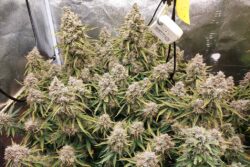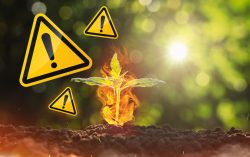Around 80% of your cannabis plant is water, absorbed from its environment along with nutrients and any contaminants which may also be present. Those growing in soil may have rarely considered monitoring water quality for cannabis cultivation. But for many serious licensed growers and hydroponic cannabis growers, water quality monitoring isn’t just a pathway to higher quality harvests, it can be essential to maintain a viable grow.
Water quality monitoring for cannabis
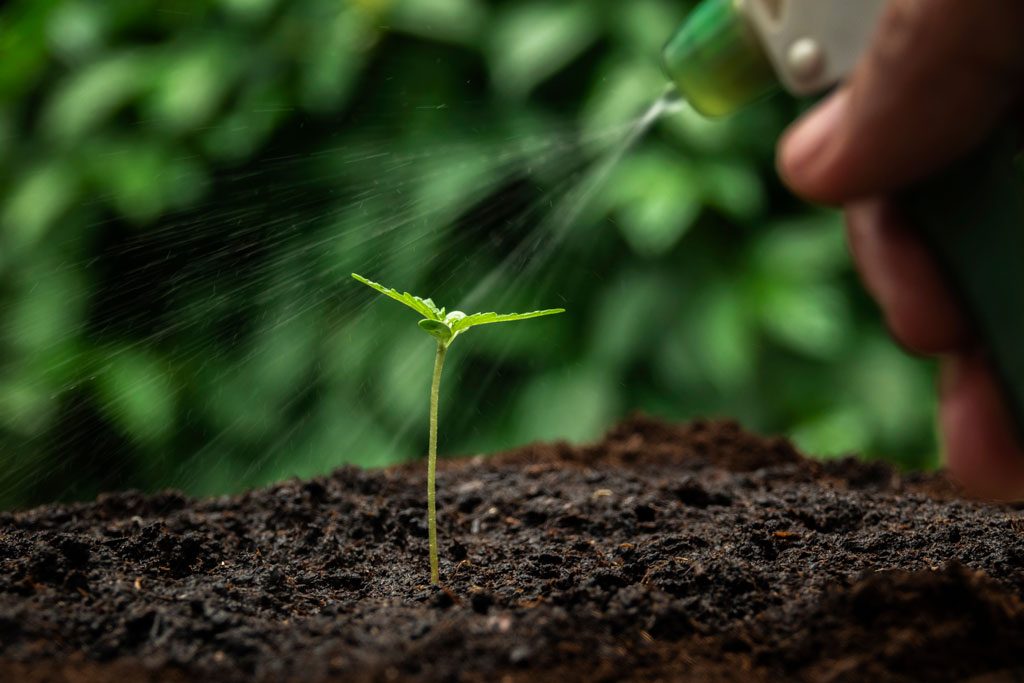

Why water quality matters more than you think
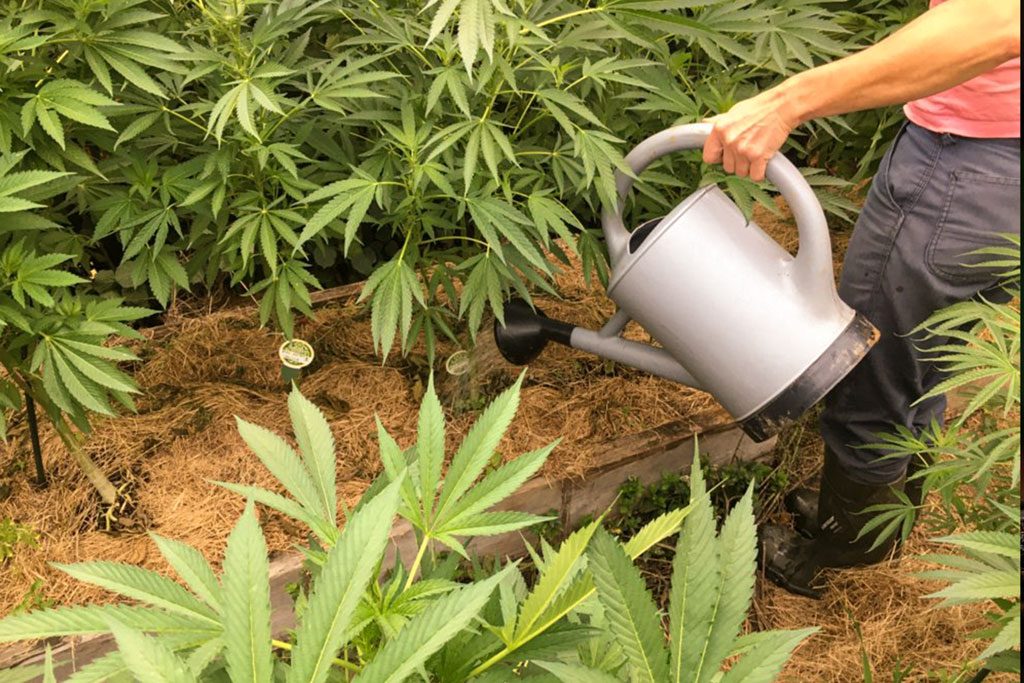
There is no single secret to mastering how to grow cannabis. Instead, the serious grower looks to make continuous collectively important marginal improvements across all aspects of their grow room.
Upgrading to an optimised modern LED light, keeping plants in the nutrient and optical ‘sweet spot’ from cannabis seed to harvest, avoiding over-watering & nutrient burn, growing only the best genetics, and ensuring that the environment, including water quality, is fully optimised.
There are several different types of water contaminants that may be particularly concerning, especially to professional licensed growers and hydroponic (soil-free) growers. These include:
- Chlorine and Chloramines (originating from water treatment facilities) can prevent cannabis producers in some areas from claiming that their harvests are fully organic.
- Some Volatile Organic Compounds (VOCs) can be present in low quality source water. These potential carcinogens may originate from from pesticides/herbicides and again can prevent licensed growers from gaining organic certification. Worse than that, traces of banned compounds (identified in laboratory quality checks) will mean an entire harvest has to be destroyed, creating serious revenue issues.
- Hard water may contain problematically high levels of Calcium, Magnesium, and other minerals. This can complicate cannabis plant nutrient absorption and may eventually present a risk of blocking irrigation tubing.
- Fluoride is deliberately added to some water supplies. Again, this complicates nutrition, some feel that fluoride may adversely affect biochemical pathways and enzyme function.
- Traces of animal and human waste in your water can promote bacterial growth. This can cause issues which may compromise harvest quality and yields.
- Total Dissolved Solids (TDS) from some types of well water, spring-fed water and even official water supplies can complicate nutrient absorption in cannabis plants.
- Nitrates originating from agricultural fertiliser use (often from large farms) can seep into water supplies. Again, this creates issues for cannabis growers when it comes to nutrient supply
It’s not just cannabis growers that take water quality seriously. Growers in many other specialist industries including grape/wine production, fruit, nuts, herb and flower producers (and many others) are all able to link product yields and final quality levels to the original water and environmental grow conditions.
How to evaluate water quality for cannabis?

When growing cannabis in soil, the soil itself acts to some extent as a natural buffer. This can mean that many soil growers have never tested (or googled) their incoming water pH, hardness, mineral content etc. Soil will, in many cases, allow growers a naturally wide growing latitude meaning that pH at root level will never normally drift too far away from good growing conditions.
But if you grow cannabis in soil-free systems such as NFT (Nutrient Film Technique), dripper, flood & drain, DWC (Deep Water Culture), coco fibre etc then the more serious growers will routinely test water.
The most serious growers (including many licensed growers), who want to fully insure themselves against the unpredictability of local water content may even opt for a system that uses de-ionised water treatment to remove (nearly all) water impurities. Reverse osmosis is another technique used to clean water of its mineral impurities.
Collectively these techniques are known as water ‘polishing’ processes that produce water which is significantly cleaner than the original water. With such an approach, the water produced by de-ionising/reverse-osmosis can be considered largely pure. This means that the grower is entirely in control of mineral and nutrient additions. No excuses!
The most stringent water quality monitoring for cannabis is generally undertaken by legal, licensed growers, often those with hundreds or thousands of plants to care for.
When good water quality monitoring procedures are established, there should only be three variables which affect the accuracy of the water test results. These are the accuracy/maintenance of the equipment being used, the testing procedure and the skill/experience of the technician
Testing and adjusting pH levels for cannabis
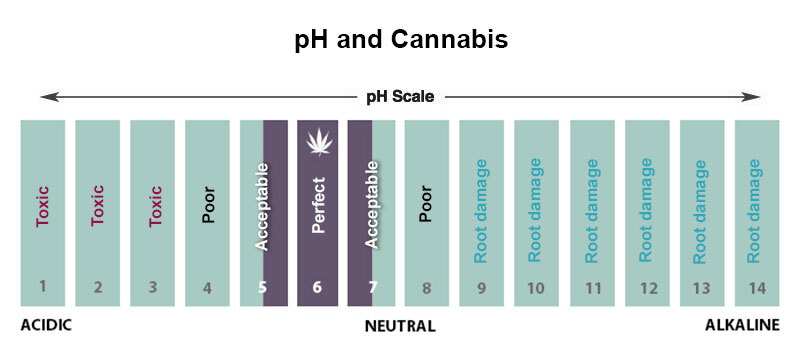
When growing hydroponically the ideal pH for cannabis is around pH 5.8-pH 6. If your incoming water supply varies significantly from that it will cause nutrient lockout.
This means that essential minerals are simply not bio-available to the plant even if they are present in the nutrient feed solutions when the pH is in the wrong range. This causes potentially severe problems.
The seriousness of feeding cannabis nutrients dramatically out of the preferred pH range in hydroponics is amplified by the fact that the resulting grow room carnage can be both rapid and complete unless quickly rectified.
Note that using pH meters requires them to be regularly calibrated against reference solutions, often pH 4.0 and pH 7.0. Pro-growers will always keep a spare pH meter ready for the inevitable day when the meter starts to give suspicious or erroneous readings. Licensed growers often test pH with two separate and fully calibrated pH meters to guarantee that their readings are fully accurate.
Chlorine/Chloramines and water quality monitoring for cannabis
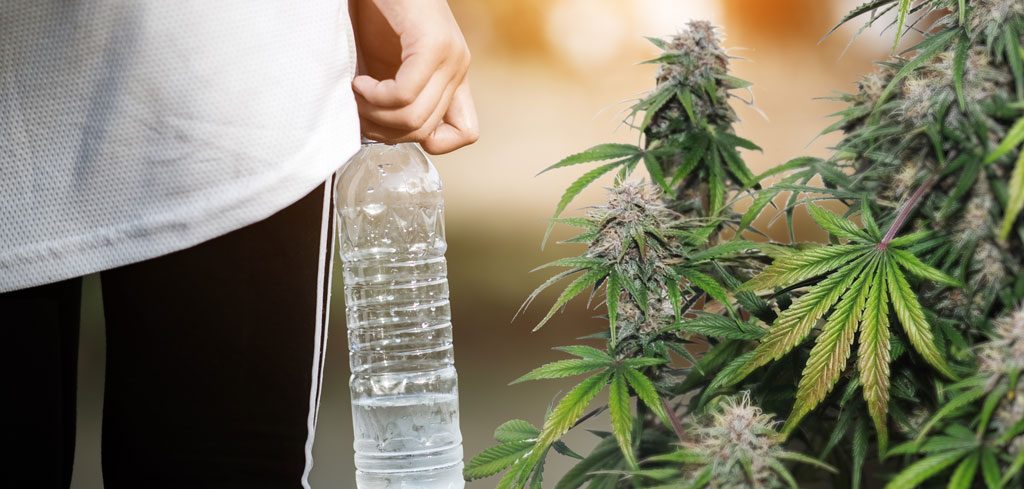
Many growers regard added Chlorine (from local water treatment works) as a hazard. Licensed growers often try to remove Chlorine and Chloramines from their water.
Chloramines are more stable forms of Chlorine. Both are good disinfectants but some growers view them as unwanted additions to their water.
To address this, many home growers will pour their tap water the day before they need it and allow it to stand for 24 hours or so. This allows low levels of added dissolved gases like Chlorine time to naturally dissipate, while giving potentially cold tap water a chance to warm up to ambient temperature. Nutrients are added and the final nutrient solution is then pH adjusted if necessary.
Some Vitamin-C based additives are available to cannabis growers who are particularly concerned about chlorine levels in their incoming water supply. The Vitamin-C converts Chlorine and Chloramines into harmless chloride (a micronutrient).
Cannabis water quality monitoring and temperature
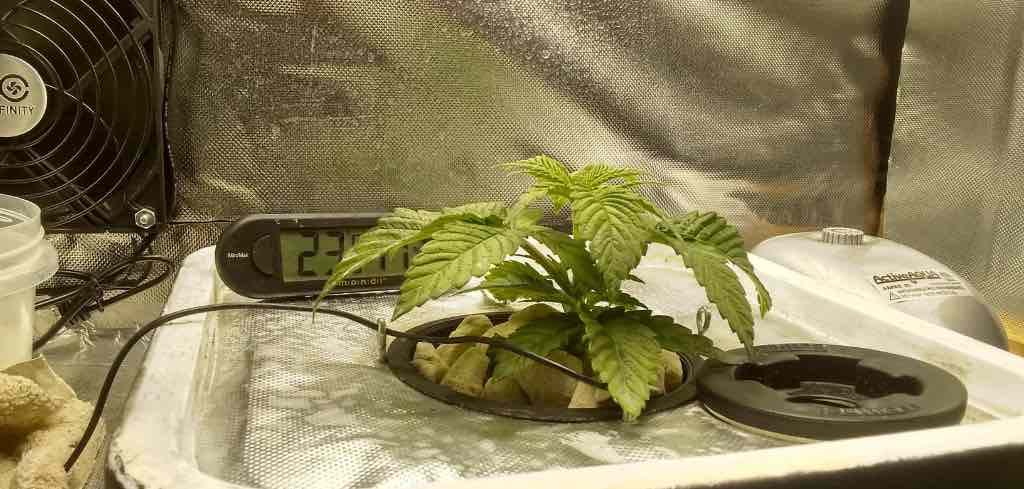
Water temperature is another important parameter for those keen to optimise all variables during cannabis cultivation. One of the more common errors, especially from less experienced cannabis growers, is to make up their nutrient solutions using cold water directly from the tap all year round. In the months around/following winter, tap water temperatures are at their lowest. In northern European countries (and many other regions), tap water may emerge at around 10-15ºC in the coldest months.
Cannabis roots will suffer cold water shock if the roots are suddenly plunged into an excessively cold temperature zone. Cell biochemistry, growth and overall plant development are slowed directly compromising yields. Even if the rest of your cannabis grow is well controlled.
The preferred water temperature for those growing in soil and similar mediums is around 20-25ºC (68-77F), ideally the water temperature should be in the middle of that range – around 22-23ºC (around 73F). Some growers will add a splash of hot water from the kettle to raise the cold-water temperatures and/or allow their water to equilibrate to room temperature by allowing it to stand for a day before being used.
Related:
All you need to know about cannabis roots
Excessively warm water temperatures can also cause issues for cannabis growers, especially those growing in hydroponic (soil-free) systems. High temperatures can lead to algae/fungal growth in water reservoirs with devastating results and various root infections and root rot issues.
Slightly cooler root zone hydroponic nutrient temperatures from 18-23ºC (65F – 73F) are preferred. Clearly such temperatures may be difficult to maintain in a hot grow room, especially in heatwave conditions.
When cannabis water temperatures are too warm (or too cold) key nutrients and minerals are not bioavailable, slowing down growth and leading to a diverse range of issues. Use of chiller units that reduce and maintain water temperature several degrees below ambient temperatures are essential for serious hydro growers.
Related:
Complete hydroponic cannabis grow guide with pro tips
Testing and adjusting water mineral content
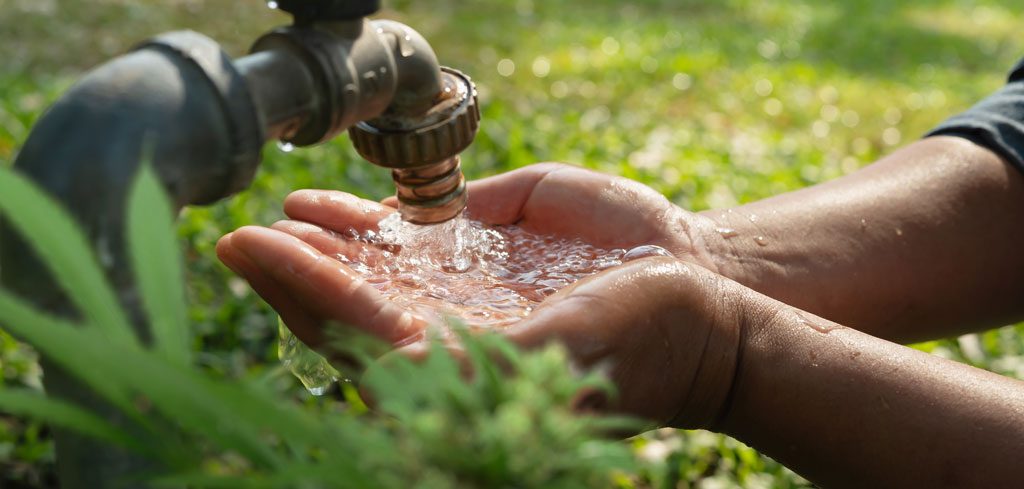
The mineral content of the incoming water supply is often independently lab tested by the larger licensed cannabis growers several times each year, allowing them detailed knowledge of water quality variations from season to season. Home growers can rarely afford such professional testing, but they will often find that their water provider offers recent online water analysis reports showing the typical minerals naturally present in the supplied water.
Another option is to use an Electrical Conductivity meter, often known as an EC meter. These measure the electrical conductivity of water, from which the total mineral content can be inferred. Many find an EC meter to be an essential part of their water quality monitoring for cannabis cultivation.
For many home growers using soil, the mineral content of their incoming water supply may be a topic they haven’t considered in detail. But for passionate hydro growers, incoming water EC levels are a vital consideration. If the incoming water has a naturally high EC level, then less mineral nutrients need to be added to raise EC levels to the desired levels.
Astute growers will note that a high EC incoming water supply has an uncontrolled mix of dissolved minerals which are generally never at optimised ratios/levels for cannabis growing. That’s why so many large-scale growers (and serious home growers) opt for de-ionised/reverse osmosis water allowing them to define the precise mineral composition of the nutrients fed to their plants.
If you have problematically high mineral levels in your incoming water, the best solution may be to consider buying a water de-ioniser or reverse-osmosis system. In emergencies, when local water is unusable and no water purification systems are available, some cannabis growers will buy distilled water. Distilled water is also generally a very pure form of water but tends to be too expensive to buy routinely.
Monitoring water quality issues during your grow
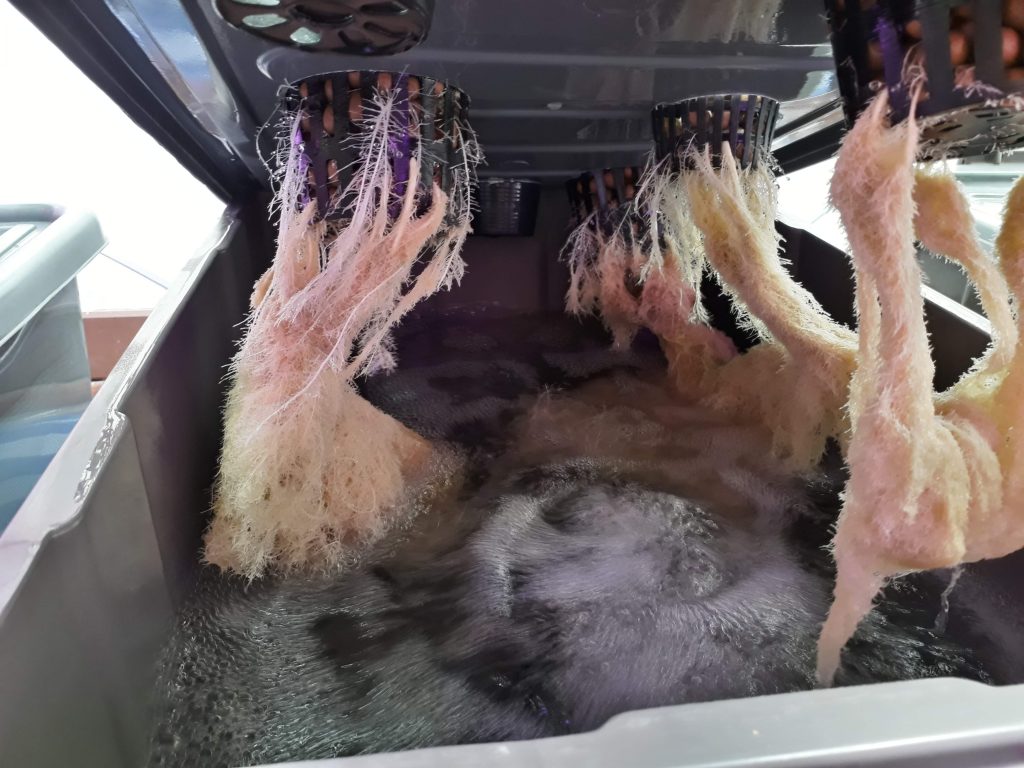
Any unexpected changes to your incoming water supply can have profound effects on the pH and mineral content. Water may be switched by water supply companies from different sources/reservoirs causing changes to the water quality you receive. Seasonal changes can also affect mineral content and pH of your incoming supply. These are all good reasons for the committed cannabis grower to monitor their water quality for any changes.
Is rainwater good for cannabis plants?

Some old-school cannabis growers collect rainwater and use it for their plants, feeling it is more natural and purer than treated water from the local water company. However, it should be remembered that rainwater may contain particles of soot, pollution, dead insects, insect larvae or other potential contaminants and pests. These can be introduced as the rain falls through the atmosphere in built-up areas, or from the drainpipes and rain water collection system.
In hot countries, collected rainwater may also be prone to bacterial growth, leading to slime and related issues. Though in cooler temperate countries many growers get good results with collected rainwater, especially those growing in wider-latitude systems such as greenhouse soil-grown arrangements.
Which water source is best for your weed plants?
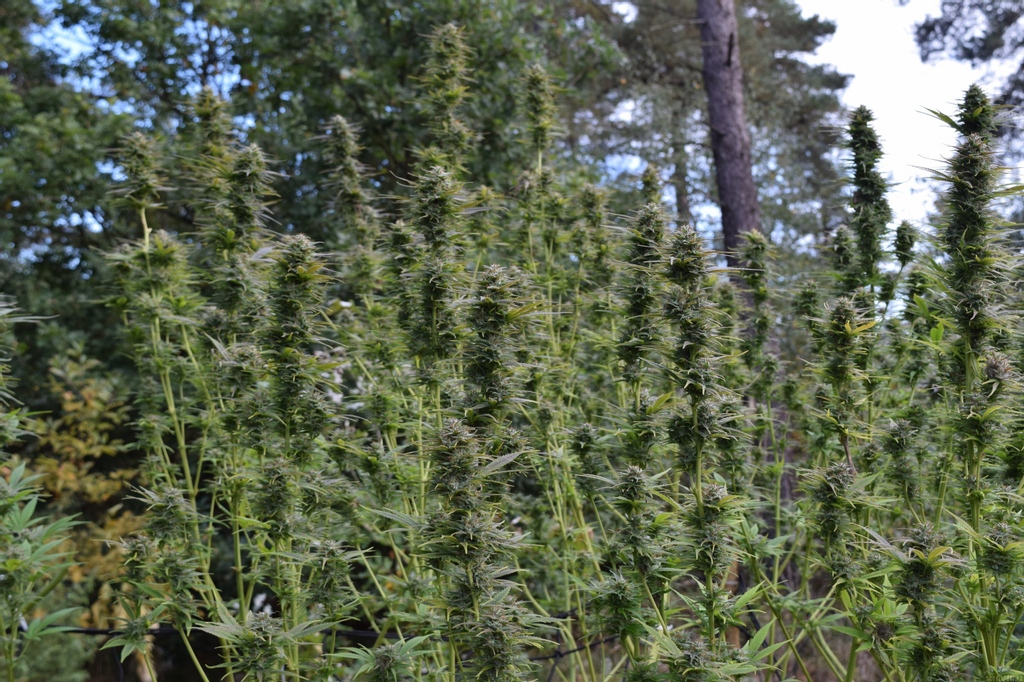
For many home growers it’s a choice of either using the local water supply or investing in a water de-ionisation/reverse osmosis system. Pro-growers nearly always monitor their incoming water supply carefully, often filtering it and de-ionising it before using it to make nutrient solutions.
Any home grower looking to take their harvest quality to the next level should definitely regard water quality as one of those areas where a small amount of additional effort and attention can yield discernible benefits. Yes, you will have to buy, regularly calibrate and eventually replace your pH and EC meters and/or perhaps buy a water de-ionisation system. But the benefit will be greater precision and consistency in your nutrients and the subsequent growth optimisation of your plants. All this really does lead to superior quality buds and greater enjoyment levels.
The best buds come from growing high quality autoflower seeds or feminised seeds in optimised cannabis grow rooms. Often the most experienced growers have spent years accumulating grow skills and control, tinkering with various grow room upgrades/additives to produce the best possible harvest quality levels.
Keeping your plants in the nutrient sweet spot from cannabis seed to harvest is one of the most important aspects of cultivation. Key to that is ensuring the quality levels of your incoming water supply allow you to deliver the right nutrients/minerals at each stage of your plants growth.
Water quality monitoring for cannabis really is worth the effort! If you want a deeper dive on this topic, please check out our expert guide on watering cannabis, below.
Related:
Watering cannabis, how-to guide


